The Top 10 Most Spoken Languages in the United States of America
The United States of America is known for its cultural diversity, with people from all over the world calling it home. As a result, a wide variety of languages are spoken across the country, reflecting the rich tapestry of its population. While English is the most widely spoken language, there are many other languages spoken by significant portions of the population. In this article, we’ll explore the top 10 most spoken languages in the United States, highlighting their origins, significance, and influence on American society.
- English =
- As the official language of the United States, English is spoken by the vast majority of the population. It serves as the primary language of communication in government, education, business, and everyday life. English has its roots in Old English, a Germanic language brought to Britain by Anglo-Saxon settlers in the 5th century. Over time, it evolved into Modern English, absorbing vocabulary from other languages such as Latin, French, and Spanish. Today, English is the lingua franca of the world, spoken by billions of people worldwide.
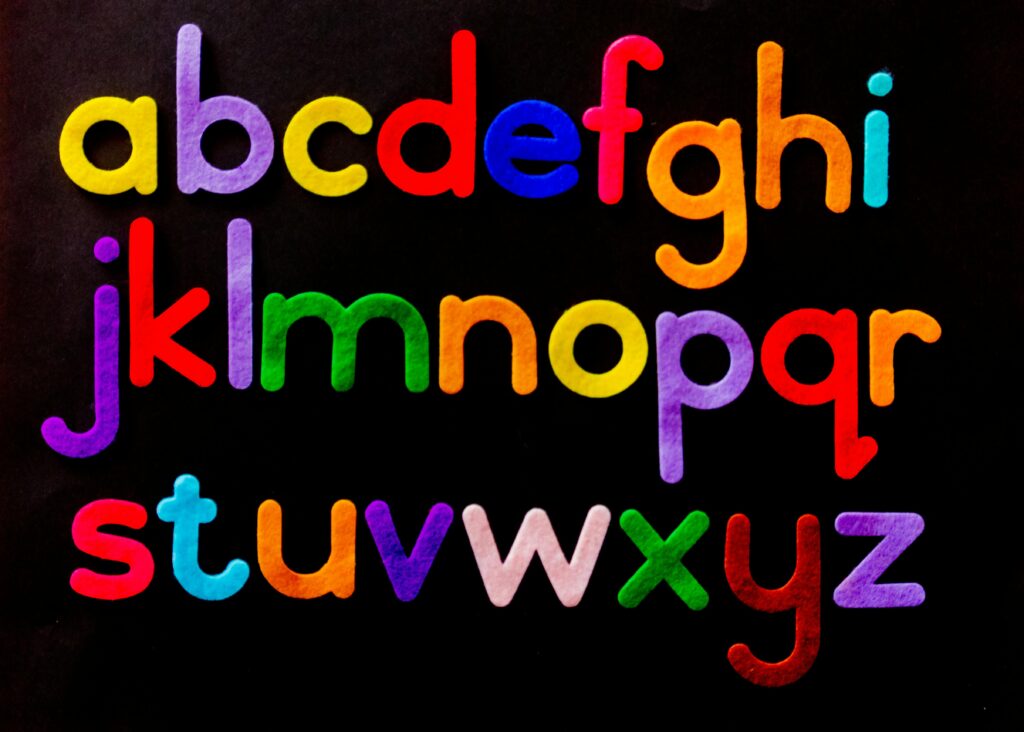
- Spanish =
- Spanish is the second most spoken language in the United States, with over 41 million speakers. It is especially prevalent in states with large Hispanic populations, such as California, Texas, and Florida. Spanish has its origins in the Iberian Peninsula, where it developed from Latin during the Middle Ages. It was brought to the Americas by Spanish colonizers in the 16th century and has since become one of the most widely spoken languages in the world. Spanish-speaking immigrants and their descendants have had a profound impact on American culture, cuisine, and traditions.
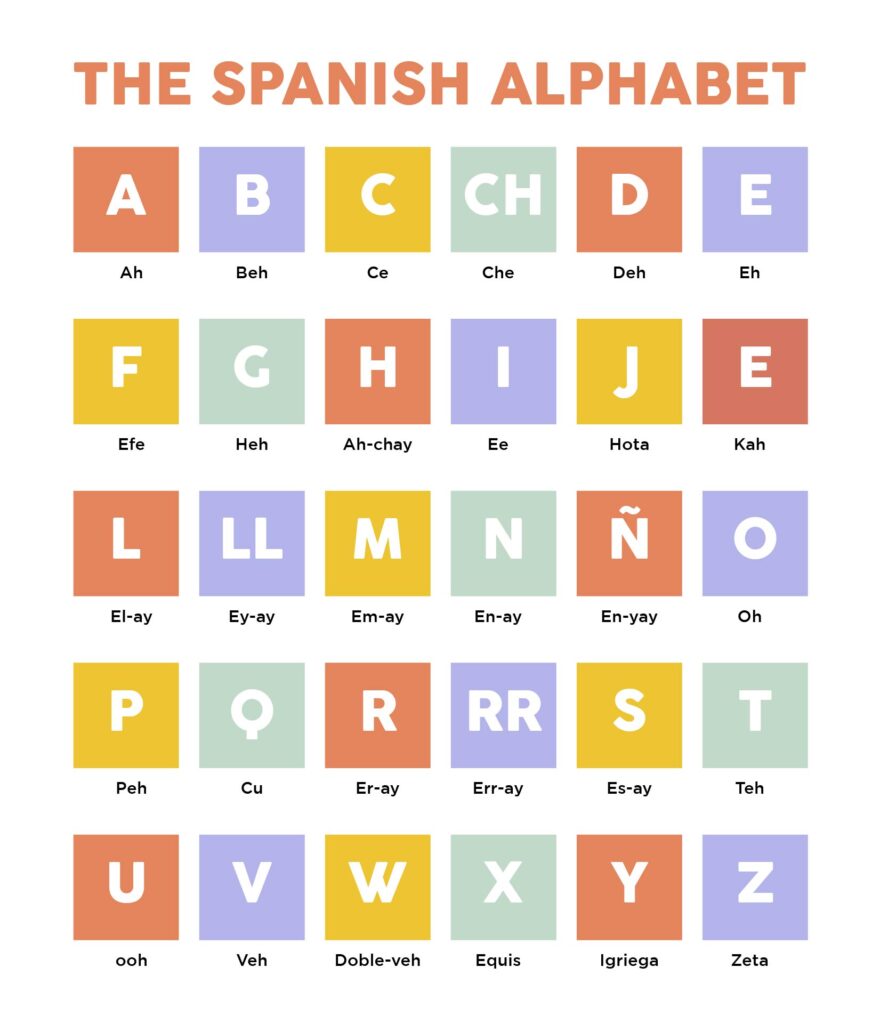
- Chinese (Mandarin and Cantonese) =
- Chinese languages, including Mandarin and Cantonese, are spoken by over 3.5 million people in the United States. Mandarin is the most widely spoken dialect of Chinese and is the official language of China and Taiwan, while Cantonese is spoken primarily in the southern regions of China and Hong Kong. Chinese immigrants have been coming to the United States since the mid-19th century, contributing to the country’s cultural and economic diversity. Today, Chinese communities can be found in cities across the country, with vibrant Chinatowns serving as centers of cultural exchange and commerce.
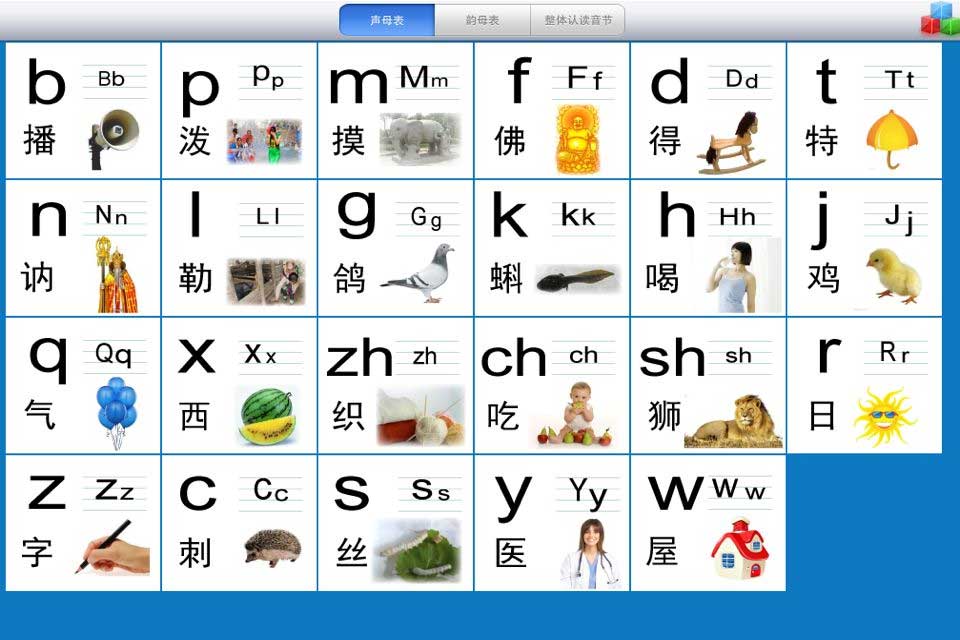
- Tagalog (Filipino) =
- Tagalog, also known as Filipino, is spoken by over 1.7 million people in the United States, primarily by Filipino Americans. It is the national language of the Philippines and is spoken by a majority of the population in the country. Tagalog has its roots in the Austronesian language family and has been influenced by Spanish, Malay, Chinese, and English. Filipino Americans have made significant contributions to American society in various fields, including politics, entertainment, and the arts.
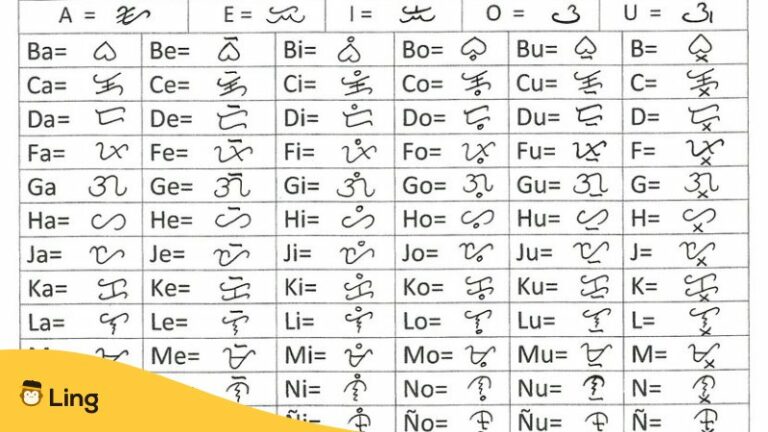
- Vietnamese =
- Vietnamese is spoken by over 1.5 million people in the United States, primarily by Vietnamese Americans. It is the official language of Vietnam and is spoken by a majority of the population in the country. Vietnamese is a tonal language, meaning that the pitch of the voice can change the meaning of a word. Vietnamese immigrants began coming to the United States in large numbers following the Vietnam War, settling primarily in states like California and Texas. Today, Vietnamese Americans have a strong presence in the fields of business, education, and politics.
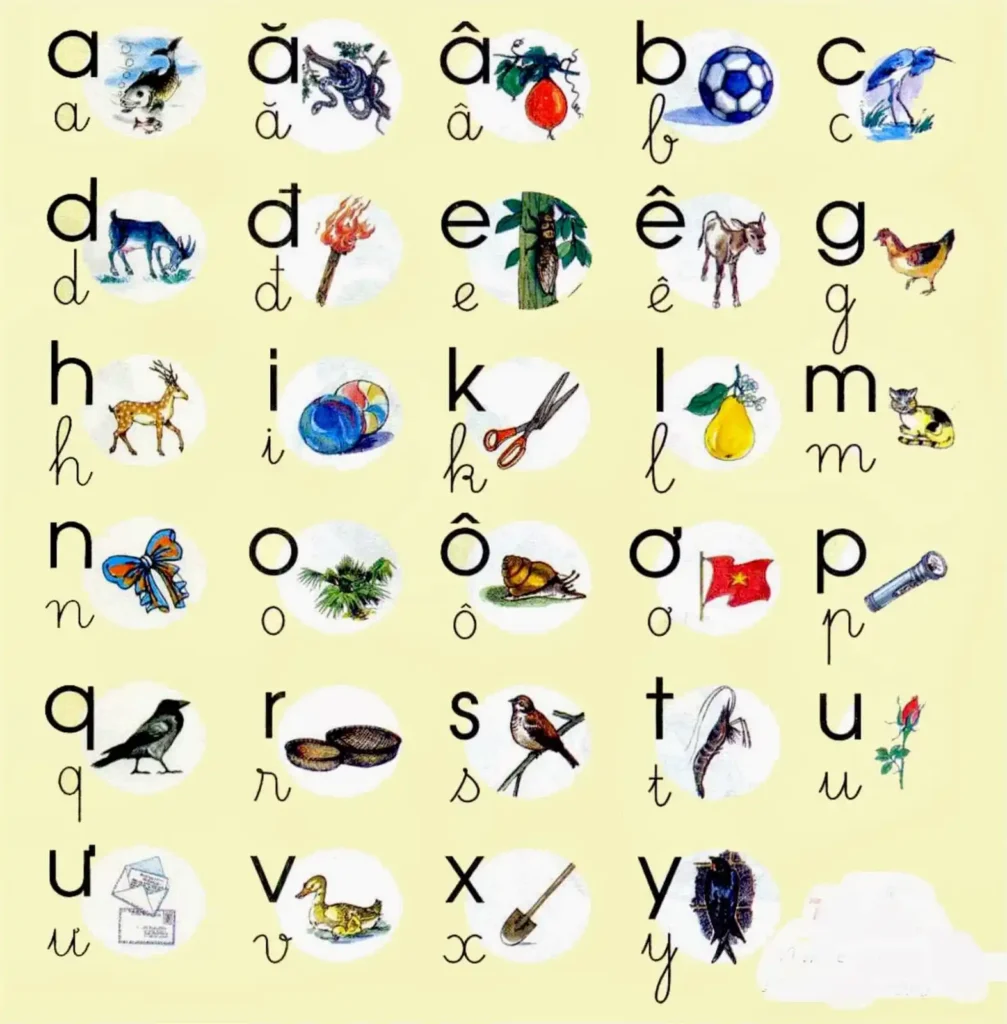
- French =
- French is spoken by over 1.2 million people in the United States, primarily in states with historical ties to France, such as Louisiana and Maine. French has its origins in the Latin spoken by Roman soldiers who conquered Gaul in the 1st century BCE. It spread throughout Europe during the Middle Ages and became the language of diplomacy and culture in the 17th and 18th centuries. French immigrants began coming to the United States in the 17th century, establishing colonies in North America. Today, French continues to influence American culture, especially in the realms of cuisine, fashion, and the arts.
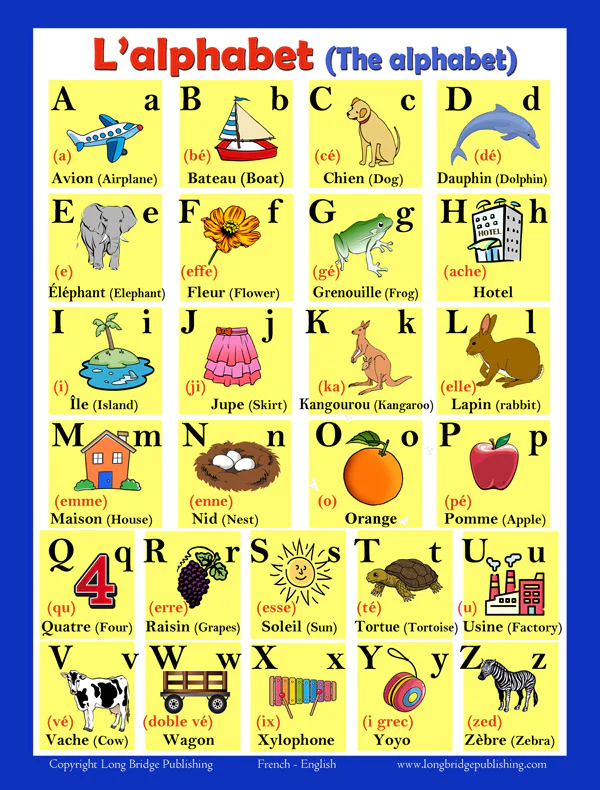
- Arabic =
- Arabic is spoken by over 1.1 million people in the United States, primarily by Arab Americans. It is the official language of 22 countries in the Middle East and North Africa and is spoken by over 400 million people worldwide. Arabic has its origins in the Semitic language family and has been influenced by various civilizations, including the Greeks, Romans, and Persians. Arab immigrants began coming to the United States in large numbers in the late 19th and early 20th centuries, fleeing political unrest and seeking economic opportunities. Today, Arab Americans contribute to American society in diverse fields, including medicine, engineering, and academia.

- Korean =
- Korean is spoken by over 1.1 million people in the United States, primarily by Korean Americans. It is the official language of both North and South Korea and is spoken by over 75 million people worldwide. Korean has its origins in the Korean Peninsula and is a member of the Koreanic language family. Korean immigrants began coming to the United States in the late 19th century, seeking economic opportunities and fleeing political instability. Today, Korean Americans have a strong presence in various sectors of American society, including technology, entertainment, and entrepreneurship.
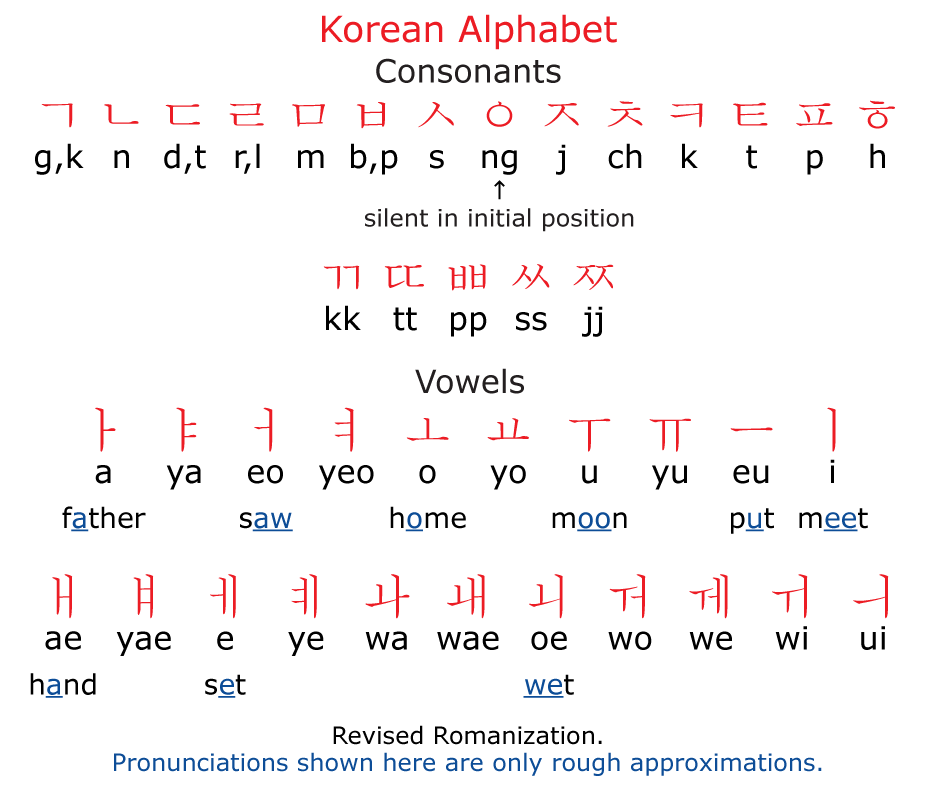
- German =
- German is spoken by over 1 million people in the United States, primarily in states with historical ties to Germany, such as Pennsylvania and Wisconsin. German has its origins in the Germanic language spoken by tribes in Central Europe during the early Middle Ages. It spread throughout the region during the Holy Roman Empire and became the lingua franca of science, philosophy, and literature in the 18th and 19th centuries. German immigrants began coming to the United States in the 17th century, settling primarily in the Mid-Atlantic and Midwest regions. Today, German continues to influence American culture, especially in the realms of education, technology, and cuisine.
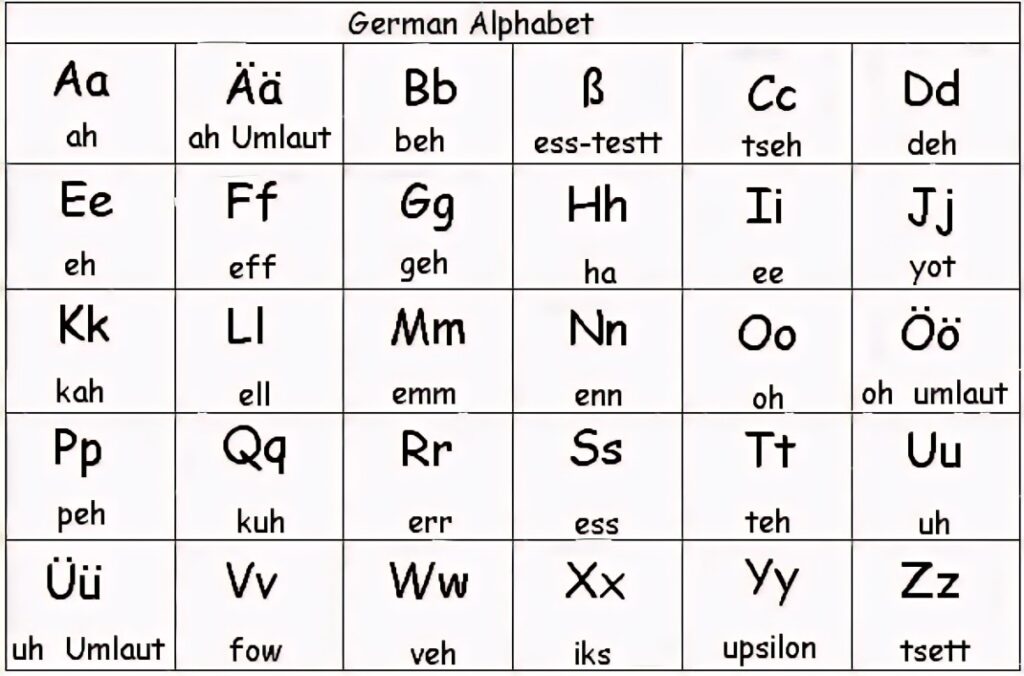
- Russian =
- Russian is spoken by over 900,000 people in the United States, primarily by Russian Americans. It is the official language of Russia and is spoken by over 260 million people worldwide. Russian has its origins in the East Slavic language spoken by tribes in Eastern Europe during the Middle Ages. It became the official language of the Russian Empire in the 18th century and spread throughout the region during the Soviet era. Russian immigrants began coming to the United States in large numbers in the late 19th and early 20th centuries, fleeing political persecution and seeking economic opportunities. Today, Russian Americans have a strong presence in various sectors of American society, including science, technology, and the arts.

The United States is a melting pot of languages and cultures, with people from all over the world contributing to its linguistic diversity. While English remains the dominant language, there are many other languages spoken by significant portions of the population, reflecting the country’s multicultural heritage. From Spanish and Chinese to Tagalog and Arabic, these languages enrich American society and contribute to its vibrant tapestry of cultures. As the country continues to evolve, its linguistic landscape will undoubtedly continue to reflect the diverse mosaic of its people.